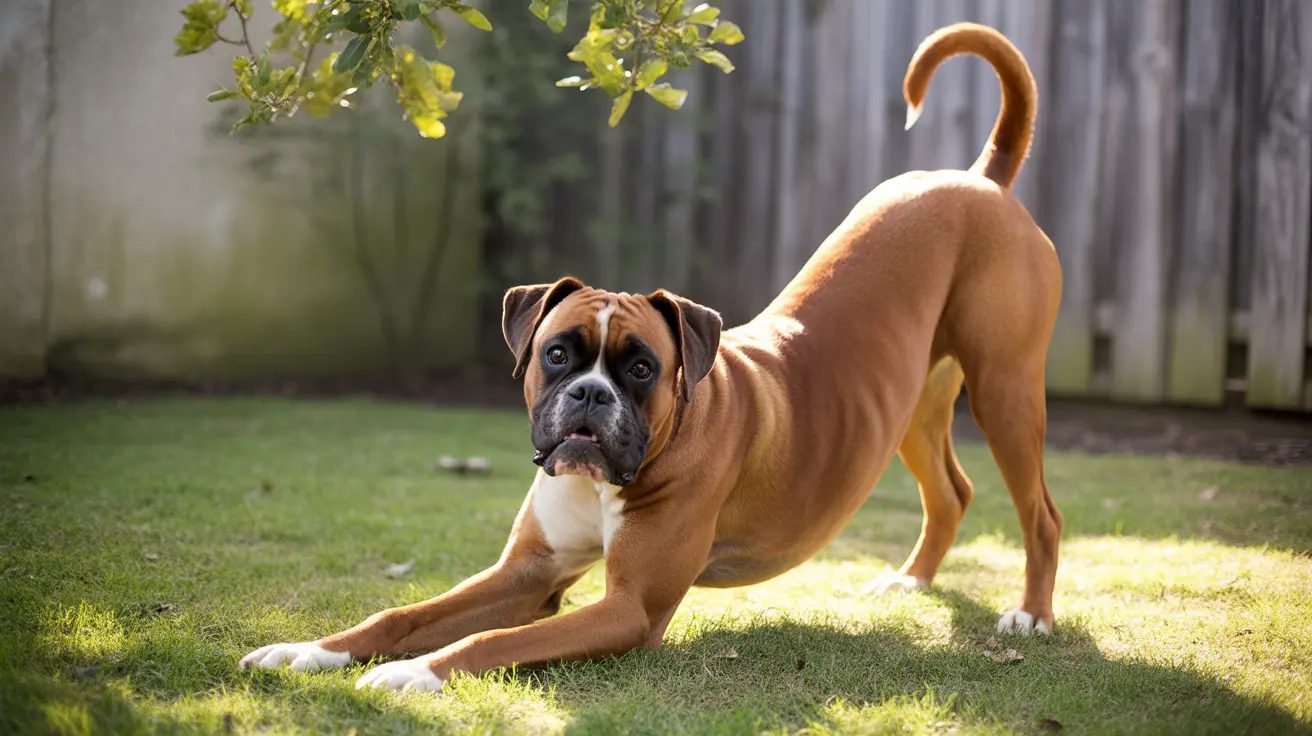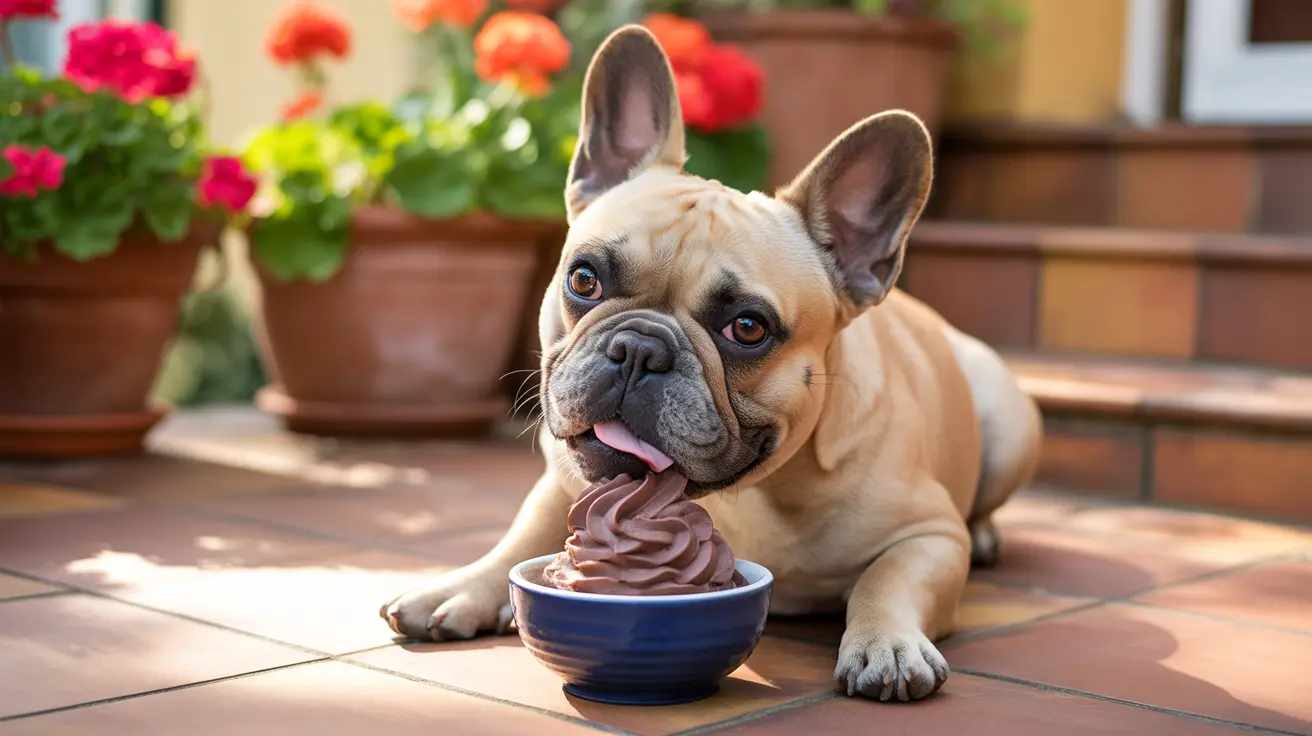How to Say "I Love You" to Your Dog in a Way They Understand
Dogs don’t speak our language, but they absolutely understand love—just in their own unique way. If you’ve ever wondered how to express your affection to your furry friend in their language, this guide will help you connect through behaviors dogs inherently understand.
Understanding How Dogs Communicate
Dogs are highly social animals that communicate largely through non-verbal cues. While they can't comprehend spoken words like humans do, they are masters at reading body language, tone, and routines.
Key elements of canine communication include:
- Body posture – Relaxed muscles show confidence and comfort.
- Tail position – A wagging tail usually signals happiness, but the speed and height can indicate varying emotions.
- Eye contact – In dogs, sustained soft eye contact denotes bonding and affection.
- Vocal cues – While not fluent in language, dogs pick up tone variations and emotional states.
Ways to Show Your Dog You Love Them
Because dogs rely on sensory input and emotional recognition, expressing love to them involves consistent, clear gestures and cues they can interpret.
Try these dog-friendly ways of saying "I love you":
- Maintain Eye Contact Gently: Dogs connect deeply through calm, steady eye contact. Studies show oxytocin levels increase in both humans and dogs during mutual gazing.
- Spend Quality Time: Dogs thrive on shared routine and activities. A daily walk, a game of fetch, or just being in your presence gives them happiness and security.
- Use a Soft, Loving Voice: While your dog may not understand the words, the affectionate tone communicates your emotions effectively.
- Use Touch Thoughtfully: Many dogs love being gently petted on the chest, shoulders, or behind the ears. Avoid reaching over the head, which can feel threatening.
- Be Playful: Engaging in games mimics social bonding in the dog world. Playful interactions strengthen your relationship and are often better than simple verbal affirmation.
Recognizing Your Dog's Love in Return
Dogs are deeply loyal creatures and reciprocate love in their own subtle and overt behaviors.
Signs your dog loves you:
- Following you around – Dogs in love want to stay near their humans.
- Leaning or touching towards you – Physical closeness indicates trust and affection.
- Excitement when you come home – Tails wagging, jumping, or vocalizing are all clear signs of joy and attachment.
- Checking on your emotional well-being – Many dogs are sensitive to mood changes and will comfort you when you're down.
Actions to Avoid
Although your intentions may be pure, some human habits can confuse or stress dogs if misunderstood.
- Avoid direct face-to-face hugs: While humans hug to show love, this gesture can make dogs feel trapped.
- Don’t force interactions: Just like people, dogs need personal space—forcing a connection can damage trust.
- Inconsistent rules and routines: Dogs feel more secure when their environment and boundaries are predictable.
Supporting Your Dog Emotionally
In return for their boundless affection, dogs rely on us emotionally. Ensuring their emotional and physical well-being demonstrates love in action:
- Regular vet checkups and balanced nutrition to support whole-health wellness.
- A safe, stable home environment where your dog feels secure.
- Training and mental challenges to keep them mentally engaged and confident.
When Words Aren’t Necessary
In the end, dogs don’t need to hear the phrase “I love you” in English—or in “dog.” What matters most is how you treat them every day. Through behaviors dogs associate with safety, joy, and affection, you can communicate volumes without saying a word.
Dogs are incredibly attuned to our emotional states and routines. If you make an effort to show affection through attention, patience, and mutual respect, you're already telling your dog you love them—in the language they understand best.





